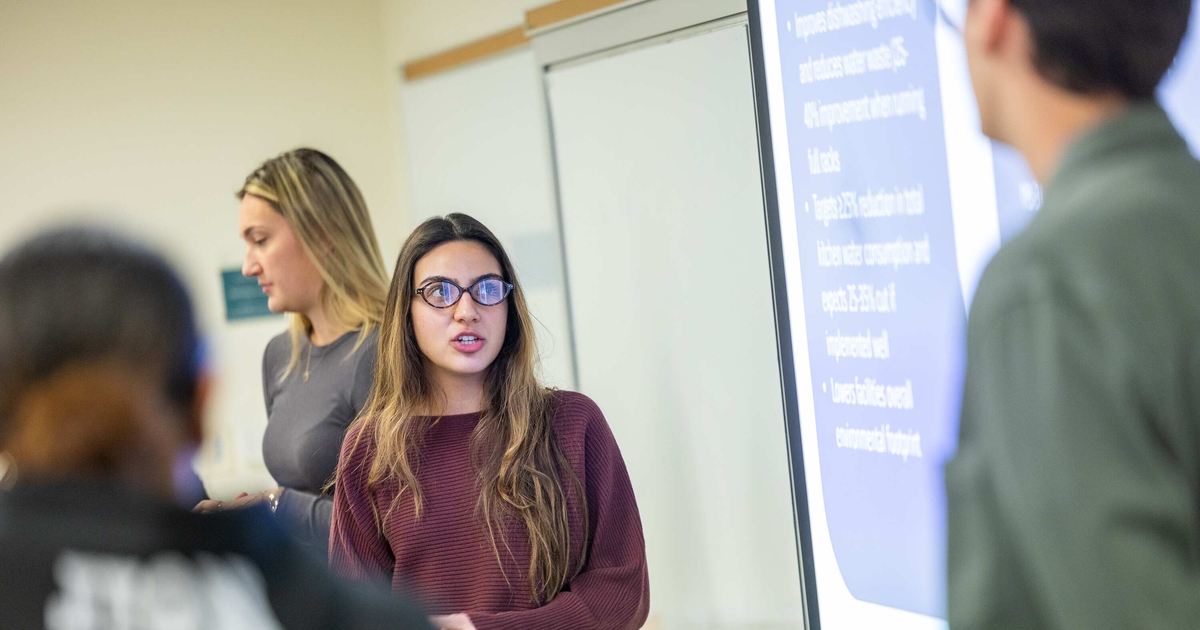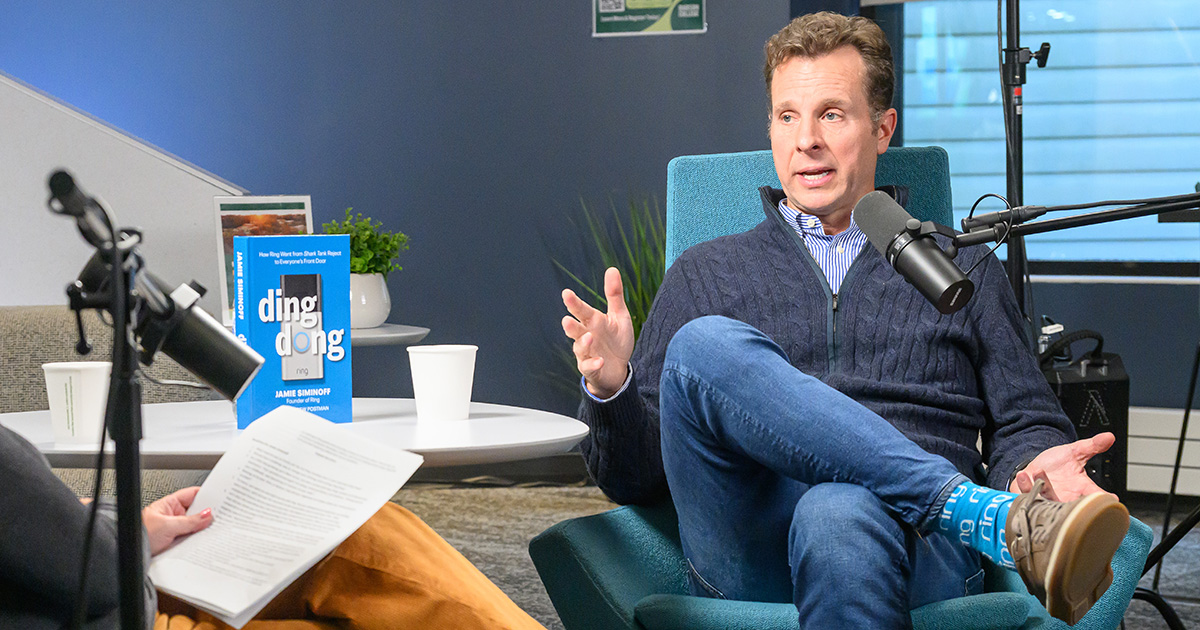New U.S. GEM Report Gives Hope for Entrepreneurship in a Post-COVID World

In 2019, U.S. entrepreneurship rates were the highest they had ever been. And, the country’s gender gap, comparing entrepreneurship rates between men and women, narrowed to a mere two percentage points—an all-time low and one of the smallest in the world.
Fast forward to 2020.
The United States is about eight months into its battle against the global, COVID-19 health crisis. While the pandemic has brought new challenges to entrepreneurship, it seems that those well-equipped to adapt, and eager to capitalize on opportunity, are thriving in light of it all.
While researchers work well into next year to quantify the true impacts of COVID-19 on ventures around the world, Babson College’s new U.S. Global Entrepreneurship Monitor (GEM) Report showcases how at its peak, and when well-supported, entrepreneurship is this country’s most powerful tool for economic advancement and post-pandemic revival.
Entrepreneurial Leadership Is the Answer …
This report went to press just as “the future of entrepreneurship in the United States was uncertain,” said co-author and Babson College Professor Donna Kelley. “Yet, it offers a lens into what entrepreneurship looked like before the onset of the pandemic, a time when the economy was humming along and entrepreneurs were thriving.”
Of the country’s 202 million working-age adults, 27%, or 54.4 million, were starting or running a business they own and manage—each generating their own source of income, and creating countless jobs for others.
Among these entrepreneurs, nearly 33% expect to create six or more jobs in the next five years.
“Today, a traumatized global community seeks new insights into economic healing and financial wellness,” said Babson College President Stephen Spinelli Jr. MBA’92, PhD. “Entrepreneurial leadership is the answer. Indeed, problem solving becomes an opportunity to create value when viewed through the lens of entrepreneurship.”
Cannot Be Underestimated …
It is entrepreneurial leaders, both in the startup sense and within innovation arms of large corporations, who have refocused their efforts on mass production of personal protective equipment, turned a Navy ship into a hospital on the shores of New York City, and are leading the race for a COVID-19 vaccine.
Leading up to the pandemic in 2019, entrepreneurial intentions in the United States had increased more than 10% since 2018—hopefully a kicking-off point that helped so many to innovate and advance necessary ideas in response to COVID-19.
“The importance of entrepreneurship to the U.S. economy cannot be underestimated,” Kelley said. “Of note are entrepreneurs who transform ideas into novel solutions that together advance society and improve well-being.”
Another positive trend for the U.S. economy comes in the form of serial entrepreneurship. The GEM team found that nearly half or more (48–53%) of all U.S. entrepreneurs have started or were running more than one venture.
So, whether they are starting new businesses as a result of new opportunities, or because their first business did not pan out, one thing is clear—U.S. entrepreneurs are driven, opportunistic, and certainly resilient.
And Proves Most Effective When Supported
On GEM’s 10-point expert rating scale that measures cultural and social norms conducive to entrepreneurship, the United States sits at 7.7. Among the 32 developed economies surveyed by GEM, this is the highest rating.
Entrepreneurial finance in the U.S. also stands above the rest on the expert rating scale at 6.0
“Economic conditions and outlook significantly affect entrepreneurial activity and aspirations,” Kelley said. “Though no one could anticipate such an unprecedented and widespread crisis, our 2019 findings show a robust economy and the longest stretch of economic expansion in American history leading up to the pandemic.
“One can look back to the experience of the 2008 financial crisis, and forward to next year’s GEM results for lessons learned from the COVID-19 crisis,” she added. “But, this report will contribute in its own way to an evolving understanding about the nature and cycles of entrepreneurship in the United States over time.”
Posted in Community





